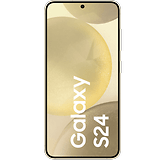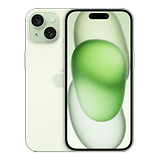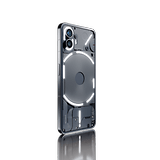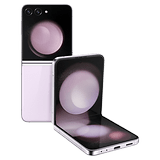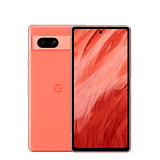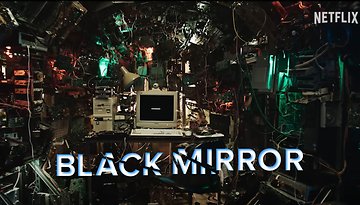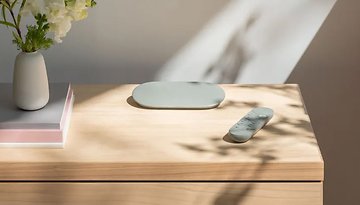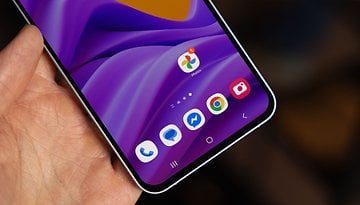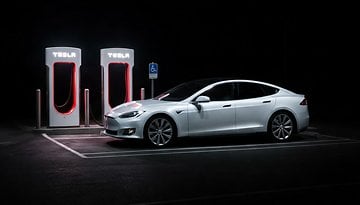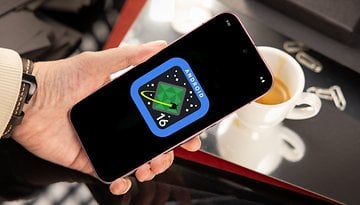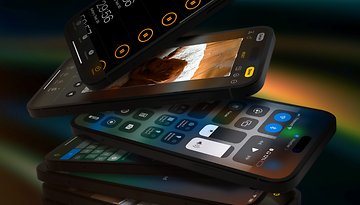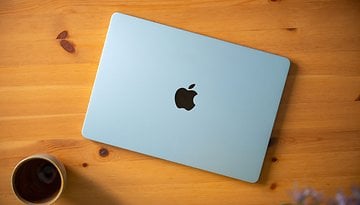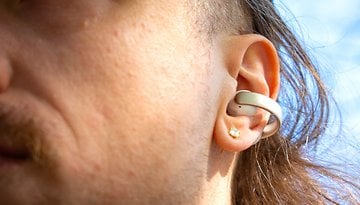How Your Next Smartphone Camera May be Able to Detect Diabetes
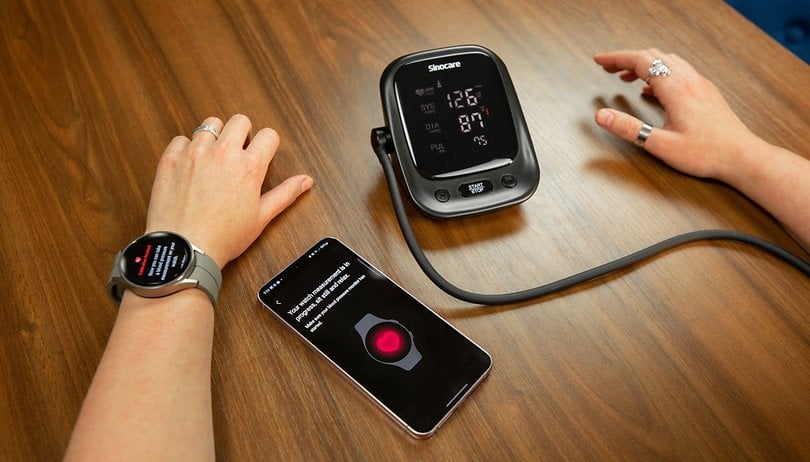

While many of us eagerly await companies like Apple, Google, and Samsung to unlock non-invasive, accessible solutions for monitoring blood pressure and diabetes, a new contender has entered the scene. A team of researchers from the University of Tokyo brings a promising development, reigniting hope for a future of seamless and effortless health care.
Of course, we all remember the Theranos debacle and the cautionary tale of Elizabeth Holmes. If nothing else, it taught us that there is no silver bullet for non-invasive diabetes diagnostics. The lesson was learned: no one is eager to offer false hope again. This awareness has only intensified the race among researchers and Big Tech to deliver real, viable solutions in this critical field.
And the stakes couldn't be higher. According to the World Health Organization, the number of people living with diabetes has skyrocketed—from 200 million in 1990 to 830 million in 2022. This indicates that the prevalence of diabetes has nearly tripled over the past three decades, with an increase of approximately 2.8 times.
So, when I learned that a team from the University of Tokyo had developed a cutting-edge, non-invasive health monitoring system, I couldn’t help but get excited. Their system employs high-speed cameras and advanced AI algorithms to detect early signs of hypertension and diabetes. Recently detailed in the American Heart Association’s Circulation journal, this innovative approach bridges the accessibility gap by offering a solution that requires no wearables or physical contact. It’s a leap forward in health monitoring and a glimpse into the future of truly effortless care.
The Need for Accessible Health Monitoring Solutions
If you’ve read my wearable reviews here at nextpit, you already know I’m a strong advocate for wearable technology and the advancements in smartphone-based health apps. The potential for self-health monitoring is undeniable, offering individuals unprecedented control over their well-being. However, the adoption of these technologies remains largely limited to health-conscious individuals—and only to those who can afford them.
For the broader population, particularly those less inclined toward proactive health management, these devices are far from becoming mainstream. That’s precisely the challenge the University of Tokyo's recent study aims to address. By introducing a non-contact, AI-powered system, the researchers hope to democratize disease detection, making advanced health monitoring accessible to everyone.
How It Works: Simplifying the Science
The researchers designed a sophisticated health monitoring system that doesn’t require physical contact or wearable devices. Here’s the gist of how it works: a high-speed camera is set up about half a meter away from the person and captures detailed images of their face and hands. These images are then processed by artificial intelligence (AI), which seeks specific patterns in blood flow under the skin.
Hypertension Detection
For detecting high blood pressure, the system analyzes how blood moves through the body using data like pulse wave transmission time (basically, how quickly blood flows). By combining these insights with modern health standards for hypertension, the AI reached an impressive 94% accuracy in identifying high blood pressure. Even with quick scans—just 30 seconds or even 5 seconds—the accuracy stayed high, at 86% and 81% respectively.
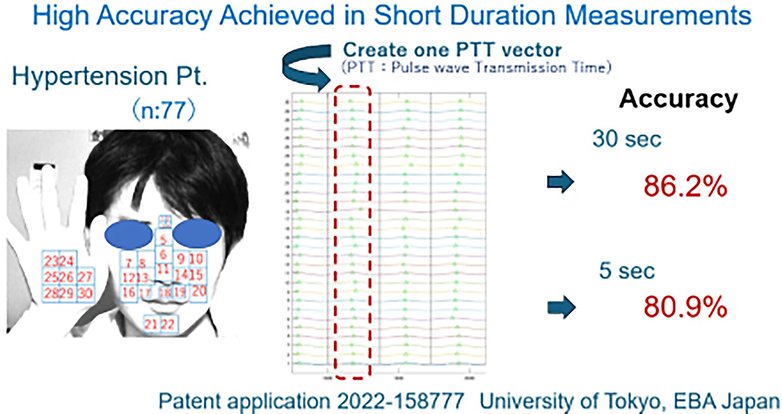
Diabetes Detection
When it comes to diabetes, the system looks for signs in the blood flow linked to higher blood sugar levels, using data similar to traditional HbA1c tests. While not as precise as the hypertension readings, the AI still performed well, identifying diabetes with 75% accuracy—offering a glimpse into how non-invasive tools could one day complement traditional tests.

This system could be a game-changer for accessible, tech-driven health care, ditching the need for wearables or time-consuming doctor visits. For anyone obsessed with the intersection of health and technology, it’s a bold leap forward, bringing AI-powered health monitoring closer to everyday life.
The Potential Impact on Global Health
For people like me, this technology feels like a game-changer in the quest for accessible, non-invasive diagnostics. By eliminating the need for physical contact or wearable devices, this system opens the door to smartphone-based health monitoring—potentially offering continuous, unobtrusive tracking for individuals at risk.
The importance of early detection for conditions like hypertension and diabetes can’t be overstated. Catching these issues early is key to preventing severe complications like strokes, heart attacks, or organ damage.
What’s particularly exciting is the system’s ease of use and its non-contact design, which could make it far more approachable for people who typically avoid regular health screenings. This is a huge win for inclusivity, reaching those who might otherwise slip through the cracks of traditional health care systems.
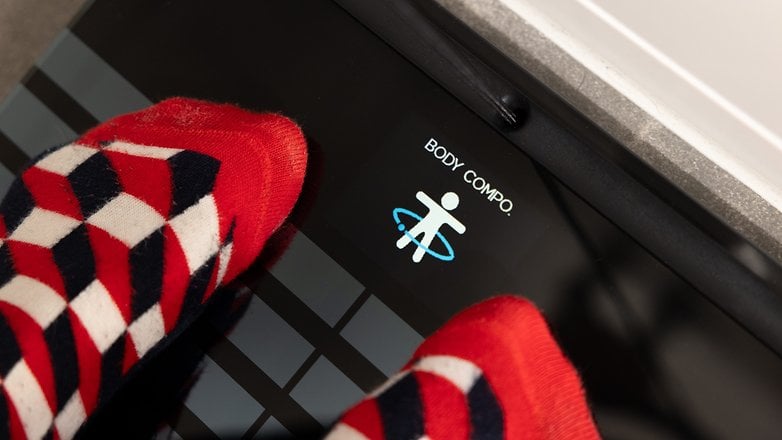
Living in Germany for a few years has given me a new perspective, but as someone from Brazil, I can’t help but think about how transformative this technology could be for underserved communities—like indigenous populations in the Amazon Rainforest. These communities often lack access to health care but do have smartphones—which present a unique opportunity to bridge gaps.
While this innovation has the potential to benefit people globally, its impact on those who are entirely excluded from the health system could be truly life-changing.
Unanswered Questions and the Road Ahead
While the study results are promising, there are still important unanswered questions about the technology's broader applicability and real-world effectiveness. Based on my interview with the study author Dr. Ryoko Uchida, here’s what we know—and what remains to be addressed:
Demographics: A Missing Puzzle Piece
One critical gap is understanding how well the system performs across different demographics. According to Dr. Uchida, the study involved 215 adults, primarily Japanese and “other” Asians, with an average age of 64 years, and 36% of participants were female. Of these, 62 had high blood pressure, 88 had normal readings, and 65 fell in between. For diabetes, 44 participants either had a prior diagnosis or an HbA1c level of 6.5% or higher.
However, the team has yet to analyze variations in accuracy across age groups, genders, or ethnicities. This is a key area for future research to ensure the technology works effectively for a more diverse population.
Sample Size: Promising but Preliminary
The study’s sample size of 215 participants provided promising results, with no significant differences in accuracy when comparing initial data from 60 participants to the full set. Still, as Dr. Uchida pointed out, the performance of the system at scale—across potentially millions of users—is unknown. She emphasized the need for large-scale clinical studies to further validate the system's reliability and effectiveness.
Real-World Implementation: Beyond the Lab
The system was tested in a controlled hospital setting, which naturally raises questions about how it will perform in real-world environments with varying conditions, such as different lighting, movement, and backgrounds. Dr. Uchida acknowledged these limitations, stating that improvements to the algorithm are already underway.
For example, the system’s current ability to achieve high accuracy with just five seconds of data suggests room for further optimization—potentially reducing the required time to two or three seconds. Additionally, adjustments to account for variable lighting conditions during data pre-processing are in development. These updates will be critical for ensuring the system can adapt to less controlled environments, with further real-world testing planned to assess its robustness.
Final Thoughts
The University of Tokyo’s non-contact health monitoring system is a bold leap forward in preventive medicine. By leveraging AI and high-speed imaging, it transforms early detection for conditions like hypertension and diabetes—no wearables, no complicated setups, just seamless, user-friendly tech. This could redefine how we think about health care, bringing proactive monitoring to everyone, not just the gadget-savvy.
Smartphone cameras, meanwhile, have quietly evolved into powerful health tools. Once limited to taking photos, they now deliver sophisticated features capable of tracking everything from heart rates to respiratory patterns. This transformation signals the smartphone’s growing role as a health companion.
Google’s Pixel cameras are a great example. With Google Fit, these phones use AI to measure heart and respiratory rates using only the camera. It’s health monitoring made ridiculously easy—no extra devices, no friction, just instant insights from the device you’re already using every day.
Other apps have jumped on board too, turning your phone’s camera and flash into a makeshift health tracker. By analyzing subtle changes in skin color caused by blood flow, these apps can monitor your pulse and provide a real-time glimpse into your health.
While this tech still falls under the wellness category and hasn’t earned FDA recognition, it’s a testament to the untapped potential of existing smartphone hardware. With the right software, even the devices we already carry can deliver powerful health insights that are just a tap away.
As the University of Tokyo’s system evolves, pairing this non-contact AI technology with the capabilities of today’s smartphone cameras could change the game entirely. Health management could become as routine—and as effortless—as checking your notifications. For anyone invested in tech’s role in modern health care, it’s an exciting step forward.
